Replace a character in text online
Navigating the world of home skin care products is challenging. This is not decorative cosmetics selected with testers, nor is it a cream selected with a sampler. These are serious devices that, although very expensive, allow you to perform salon-level procedures that were previously only available from beauticians, without leaving home.
The technological possibilities we face are growing every month. So in this article, we've rounded up dermatologist-approved beauty devices that aim to boost the effectiveness of skin care products.
Aqua peeling
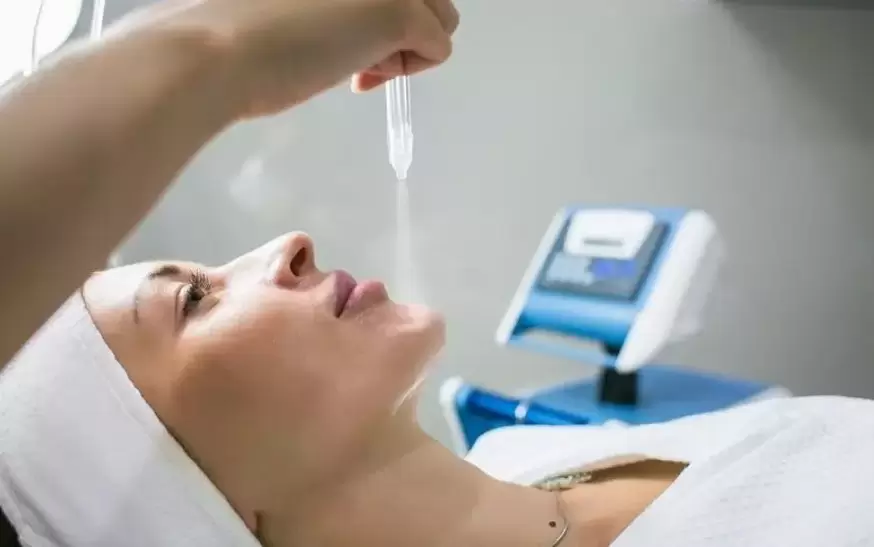
Hints:
- enlarged pores, comedones;
- excessive secretion of sebum (sebum);
- pigmentation, acne spots;
- problematic skin;
- dehydration, peeling;
- Dullness, unevenness in the overall tone of the face.
We all want smooth, glowing skin that looks more youthful. Although we try different face masks and skin care products, hardware techniques work better than other exfoliation methods in this direction. Aqua peeling is a unique procedure that can achieve amazing results even at home.
Aqua peeling is a procedure in which a special nozzle releases fluid under high pressure, separating dead epidermal cells from the surface of the skin. At the same time, the liquid washes impurities out of the pores and cleanses them thoroughly.
The absolute safety and non-traumatic nature of this device allows unrestricted use from the age of 14.
Contraindications are:
- Violation of the integrity of the skin in the operating area of the device;
- Oncology;
- diabetes mellitus;
- exacerbation of skin diseases;
- Pregnancy, breastfeeding.
Microcurrents
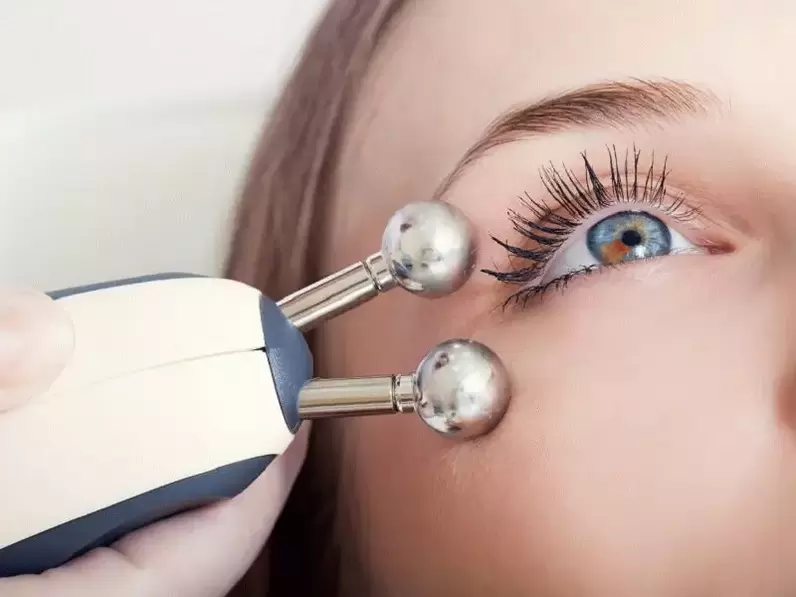
Hints:
- Prevention and control of the first age-related changes;
- loss of elasticity and skin tone;
- Gravity type of aging – sagging skin in the oval area of the face.
Microcurrent technology is a non-invasive therapy that emits a low-voltage current similar to the natural electrical currents in the body. Microcurrent stimulates energy production, which stimulates the production of collagen and elastin in the skin. This works on rejuvenation: the skin becomes firmer, firmer, more elastic and a natural radiance is created.
These devices work best as a preventive measure against age-related changes. Microcurrent technology certainly does not replace the interventions of a beautician or a surgical procedure. Therefore, it is best to consider microcurrent technology as a way to maintain healthy, youthful skin. For example, if you have had a treatment with a beautician and want your skin to be tightened and your oval contoured for as long as possible, microcurrent devices can help.
Contraindications:
- malignant oncological diseases;
- Diseases of the cardiovascular system with rhythm disorders;
- cardiac pacemaker;
- Epilepsy;
- Pregnancy;
- Violation of the integrity of the skin;
- purulent inflammatory processes in the area of application.
To use microcurrent, a conductor is required. It should be a product that has good electrical conductivity and can remain on the surface of the skin for some time without being absorbed. A suitable option is a water-based gel. Moisturizing gels with hyaluronic acid and aloe are suitable. The gel is applied to the face in a thick layer and the device works over it. The gel makes the procedure completely painless; If you experience discomfort, check whether the gel layer is perhaps not dense enough.
Microcurrent therapy does not require a rehabilitation period after the procedures. However, for noticeable results, regular home sessions are required - from 3 to 5 per week for two months.
Lifting techniques
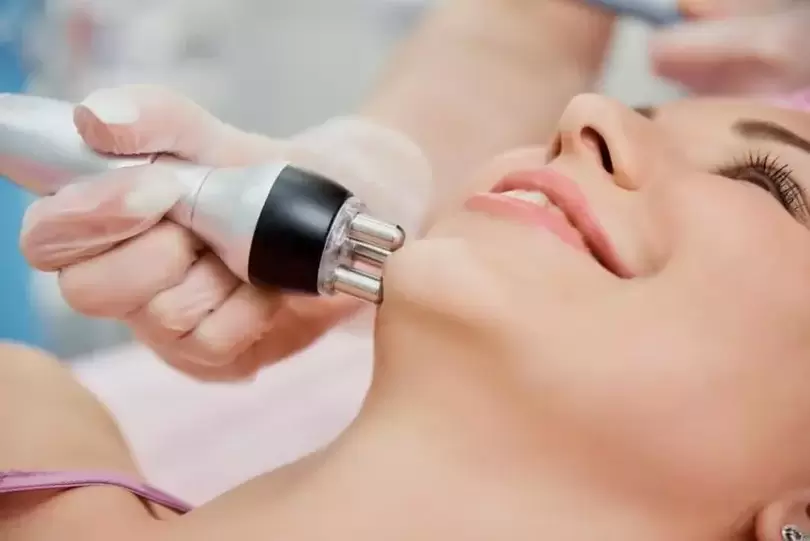
Hints:
- age-related changes in the skin on the face and body;
- Loss of elasticity associated with reduced production of collagen and elastin;
- sagging skin.
Modeling devices for skin tighteninggalvanic current- a type of current that accelerates blood circulation, promoting deeper penetration of the beneficial ingredients. Galvanic current has been used for many years, initially it was used in medicine to improve the penetration of drugs.
Currently, galvanic technologies are highly developed. In earlier times, electroplating machines were extremely bulky and there was a risk of galvanic burns if handled improperly. Now these are high-tech devices that are also safe at home.
The second way to influence tissue isRF lifting (radio frequency lifting).Radiofrequency (RF) skin tightening is a non-surgical, non-invasive procedure performed as part of anti-aging therapy.
During radiofrequency treatment, electricity flows from the electrodes of the radiofrequency device to the skin, heating the underlying tissue and stimulating the production of collagen and elastin. This procedure also causes fibroplasia, a process in which the body produces new fibrous tissue, causing collagen fibers to become shorter and stronger. At the same time, the molecules that make up collagen remain intact. Elasticity increases, skin that has lost elasticity and tone is tightened.
Radiofrequency skin tightening devices can be used for facial rejuvenation and body contouring at home. Home RF devices provide less power than those found in a doctor's office and must be used regularly to achieve skin tightening results comparable to a visit to the specialist once or twice a year.
An accompanying strengthening technique used in cosmetic devices isColor therapy.
Color therapy is a fairly popular cosmetic procedure. Color has a positive effect on the condition and appearance of the skin, has excellent cleansing and immunostimulating properties, and improves the general condition and appearance of a person.
Color therapy in cosmetology is based on the properties of rays of a certain color penetrating the skin.
Red light with a wavelength of 650 nm restores the skin's mechanisms and improves its protective properties against aggressive environmental influences. In general, it is suitable for sensitive skin with poor circulation and pigmentation.
Blue light with a wavelength of 465 nm soothes sensitive, irritated and rosacea-prone skin, triggering regeneration and repair mechanisms.
Contraindications:
- acute infectious and viral diseases;
- Oncology;
- presence of a pacemaker;
- skin diseases;
- rosacea;
- the presence of silicone, metal implants and gold threads in the area of influence;
- taking dermatotropic medications;
- after sunbathing;
- Pregnancy and breast feeding period.
Microdermabrasion
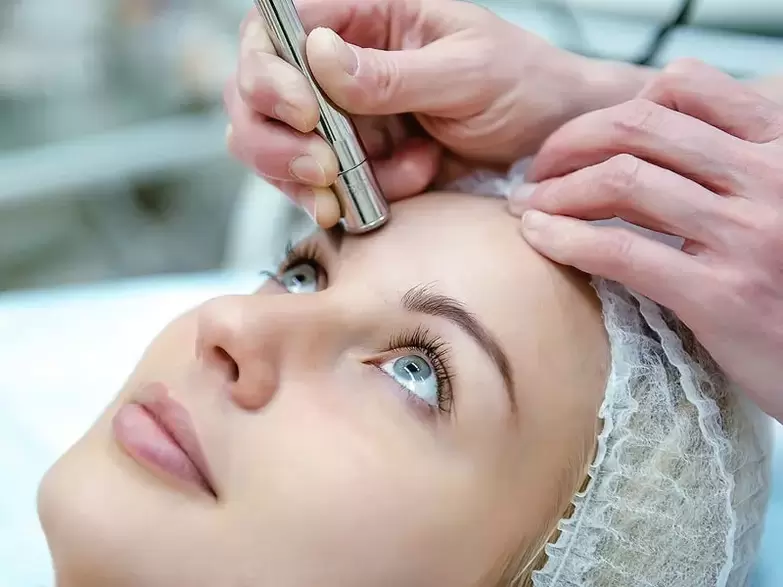
Hints:
- dull complexion;
- uneven terrain;
- "unhealthy" skin color;
- Hyperkeratosis.
Even at home, a microdermabrasion session promises to exfoliate, smooth and radiant complexion. An at-home microdermabrasion device uses patented suction technology to pull your skin into a rotating disk that exfoliates dead skin as you move the device over the surface. The selection of peeling pads ranges from gentler pads for sensitive skin to more rough pads for deep peeling.
Microdermabrasion combines two methods of action: mechanical peeling and vacuum removal of dead cells. The mechanical action helps to renew the skin, making it smooth, even and radiant. Vacuum suction also improves blood circulation and activates the regeneration mechanism.
Microdermabrasion can also eliminate pigmentation, smooth fine wrinkles, and eliminate enlarged pores.
Contraindications:
- damaged skin, open wounds;
- Skin diseases (herpes, vascular diseases, neoplasms);
- for skin irritations;
- immediately after sunbathing;
- use of blood thinners and steroids;
- Multiple sclerosis, diabetes or autoimmune diseases.
Ultrasonic cleaning
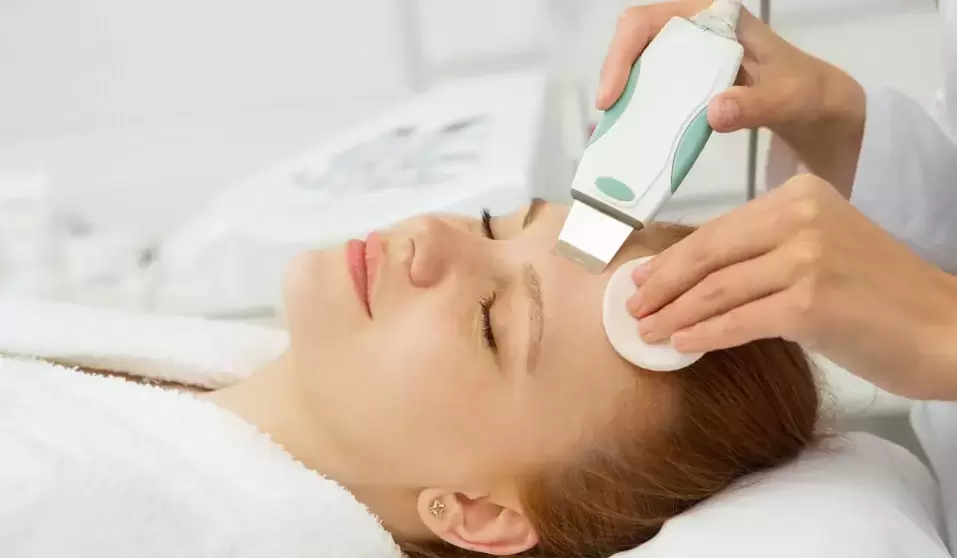
Hints:
- oily skin;
- enlarged pores;
- excessive sebum secretion;
- comedones (open, closed);
- Sebaceous gland plug.
Technically, this is a water-based peeling treatment. The device activates ultrasonic waves that use their vibrations to push dirt out of the pores. Ultrasonic cleaning is a gentle process. It is suitable for sensitive skin that is prone to rosacea and does not usually respond well to other exfoliation methods.
Ultrasonic cleaning occurs on a special gel that loosens the top layer of skin. One such remedy could be aloe gel.
Contraindications:
- Arrhythmia;
- blood diseases, thrombophlebitis;
- electronic implants;
- Oncology;
- damaged skin;
- chronic skin diseases in the acute stage;
- inflammatory and purulent processes;
- Pregnancy.
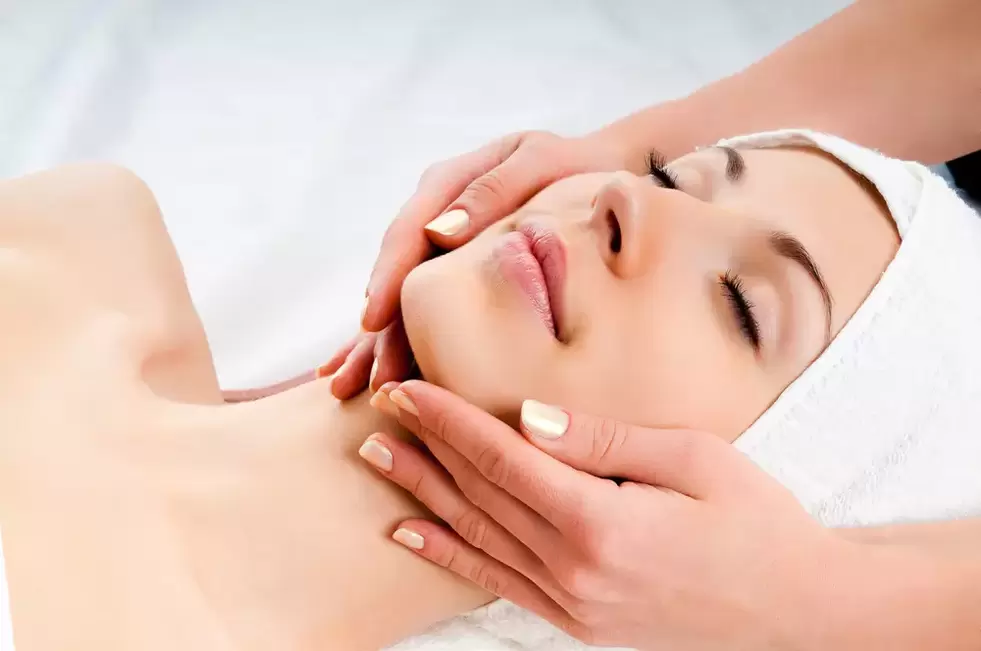
In recent years, technology and skincare have become closer together than ever before, which inevitably makes us wonder: Could the day come when all of our serums and creams become obsolete and are replaced by a plethora of high-performance products? Technical tools and devices? Exhale: probably not. But that doesn't mean that beauty gadgets won't take up space on bathroom shelves and influence the cosmetics industry as we know it.
























